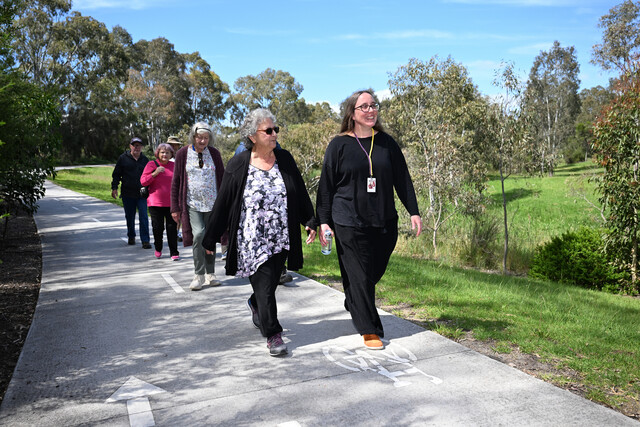Mention Central Otago and one wine springs to mind: pinot noir. Established in the late 1990s, Central Otago is New Zealand’s youngest wine region and its rise has been nothing short of miraculous. Now famous for its pinot noir, the region’s pioneers had other grapes in mind when they first established vineyards.
“In the early days of Central Otago we had vineyards with cabernet sauvignon, syrah, gewürtztraminer, sauvignon blanc and chenin blanc,” says Blair Walter, who made his first Central Otago wine with Felton Road in 1997.
“It’s gone from a smorgasbord to being 70 per cent pinot noir, then pinot gris and riesling. There’s a small amount of chardonnay and sauvignon blanc these days.”
Central Otago has risen to become the third-largest wine-growing region in New Zealand – Marlborough is the biggest by far, with about 23,000 hectares planted to vines, followed by Hawkes Bay (4500 hectares) and Central Otago with 2000 hectares.
The main reason pinot noir has risen to the top is Central Otago’s climate. Sitting on the 45th parallel, Central Otago shares a latitude with other revered winemaking regions – Bordeaux, Oregon’s Willamette Valley and Italy’s Piedmont in the northern hemisphere.
Because of New Zealand’s smaller land mass, Central Otago is cooler than its northern hemisphere cousins, making it perfect for pinot noir.
“It’s a very dry climate, which is important to pinot noir because it has thin skins and is prone to disease and rotting when wet. But it loves a cool climate to flourish and have typical pinot characters, or pinosity,” says Walter.
“What makes it work for us is the protection from the Southern Alps, rising from the ocean up to 3000 metres just to the west of us.
“On the western side of the Alps you’ve got one of the wettest spots on the planet, with 7-10 metres of rain a year and we’re just 80 kilometres to the east of there and we only record 350 millimetres a year.
“If you’re growing pinot noir in a warmer climate, they tend to be lighter-bodied with red cherry and red raspberry, lighter-style wines. Here the warm days and really cold nights help seal in dark fruits and you’re getting real pinot noir characters.”
Regional Styles
From the Gibbston Valley to Lowburn, Felton Road’s Blair Walter has the low-down on the different styles of pinot noir across the region.
There are four distinct sub-regions: Gibbston, Alexandra, Wanaka and the Cromwell basin, which includes Bannockburn, Lowburn, Pisa and Bendigo and accounts for 70 per cent of the production in Central Otago.
“Gibbston has a higher elevation and cooler sites, so there’s more earthier, briar, green-tinged cooler-climate styles,” says Walter.
“Bannockburn and Bendigo, being a bit warmer, tend to be a bit fleshier and more densely structured, and Alexandra, being a little bit cooler, produces slightly lighter, more elegant wines.
“Wanaka’s a little hard to characterise because there aren’t many wineries. But because of its westerly location and slightly higher elevation it’s a little more like Gibbston, with darker shades.”







